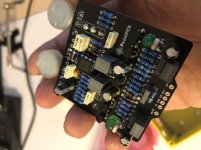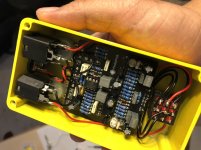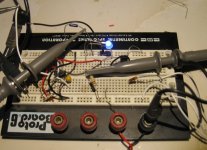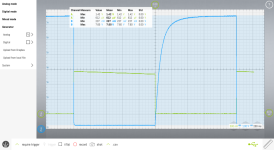(Dunno if this belongs under “Troubleshooting” or “Mods” since I’m not sure what the original circuit had, but)
Built the General Tso’s yesterday and I thought it was way too subtle a compressor, even for an optical comp; I know the original Fat General is known for transparency and for not pumping, but I just found even with sustain full-up I was barely getting any compression at all.
I’d built it with these green diffused LEDs from Tayda, which peak at 2,000-3,000 MCD
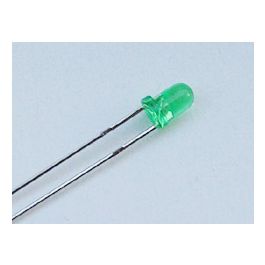
Wondering if maybe that was too dim for the LDR, I went to my local parts shop and got these 11,000 MCD waterclear green LEDs:
And now the circuit works as expected; I’m getting the transparent sustain I was expecting from watching demos.
I can’t find a gutshot of the Fat General anywhere; does anyone know what kind of green LED they used?
Built the General Tso’s yesterday and I thought it was way too subtle a compressor, even for an optical comp; I know the original Fat General is known for transparency and for not pumping, but I just found even with sustain full-up I was barely getting any compression at all.
I’d built it with these green diffused LEDs from Tayda, which peak at 2,000-3,000 MCD

Wondering if maybe that was too dim for the LDR, I went to my local parts shop and got these 11,000 MCD waterclear green LEDs:
And now the circuit works as expected; I’m getting the transparent sustain I was expecting from watching demos.
I can’t find a gutshot of the Fat General anywhere; does anyone know what kind of green LED they used?

